So, you’re gonna get a free roof?
Your homeowner’s insurance will provide you compensation if your roof is subject to weather-related damage. If you have a “Replacement Policy”, which is most common, and your entire roof is damaged, it will cover the cost of replacing the roof, minus your deductible, often $1000. This leads many homeowners to pray for hail when their roof becomes aged. Merely covering a deductible is much cheaper that having to pay for a full roof.
But some homeowners are confused about how the insurance works. Before you will receive an award, your insurance adjuster must come out and inspect your roof and determine if there has been weather-related damage—either hail or wind damage. Simply being old is not a sufficient basis for the insurance company to award you a new roof. And if the damage is wind-related, what will usually happen is the insurance company will only pay to have the damaged portions of your roof repaired. Often, the awarded amount is less the deductible.
It is a common strategy to file an insurance claim when one’s roof gets old, just in case one can get a new roof covered by one’s insurance provider. The problem is that even if you are denied an award, your claim becomes part of your claims history. It is possible your insurance company will drop you if you have too many claims.
So it is a good idea to have a roofing contractor examine your roof before filing a claim. They can determine if your roof has been subjected to hail or wind damage, which is difficult to determine standing on the ground and looking up at one’s roof. And most contractors will provide this assessment for you free of charge and even assist you with the process of filing an insurance claim.


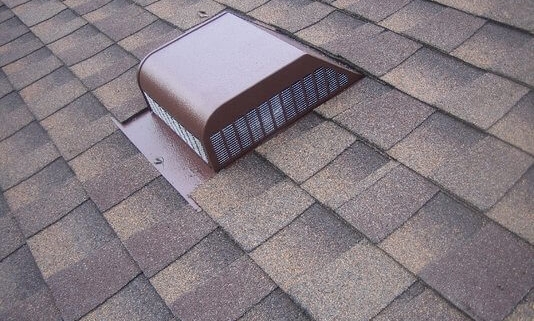
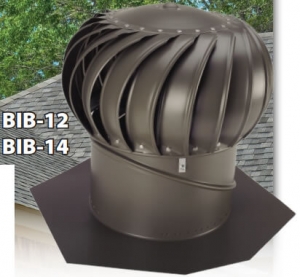 Roof ventilation is important because it keeps heat and moisture from building up in one’s attic. Heat build-up in the attic not only increases the cost of cooling a house in the summer, but shortens the lifespan of the shingles. And moisture in the attic is undesirable because it allows for the growth of mold, which can be harmful to the health of the home’s occupants. A well-ventilated attic is a dry attic.
Roof ventilation is important because it keeps heat and moisture from building up in one’s attic. Heat build-up in the attic not only increases the cost of cooling a house in the summer, but shortens the lifespan of the shingles. And moisture in the attic is undesirable because it allows for the growth of mold, which can be harmful to the health of the home’s occupants. A well-ventilated attic is a dry attic.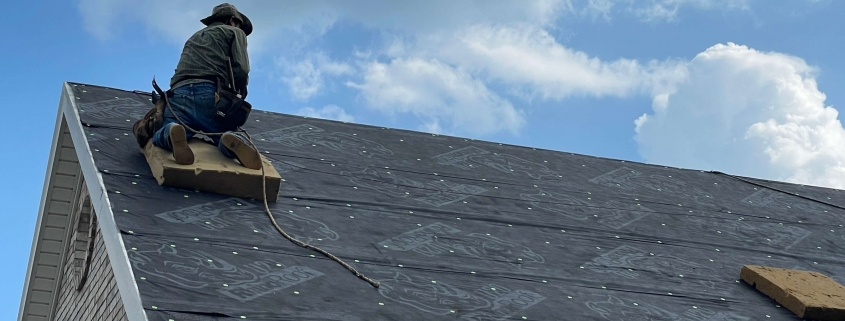
 Many homeowners believe that underlayment is some kind of secondary protection. That when water gets past the shingles, the underlayment is the roof’s last defense against water incursion. Though this may be true to a degree, it is not the main reason it is installed. There are, in fact, two reasons:
Many homeowners believe that underlayment is some kind of secondary protection. That when water gets past the shingles, the underlayment is the roof’s last defense against water incursion. Though this may be true to a degree, it is not the main reason it is installed. There are, in fact, two reasons: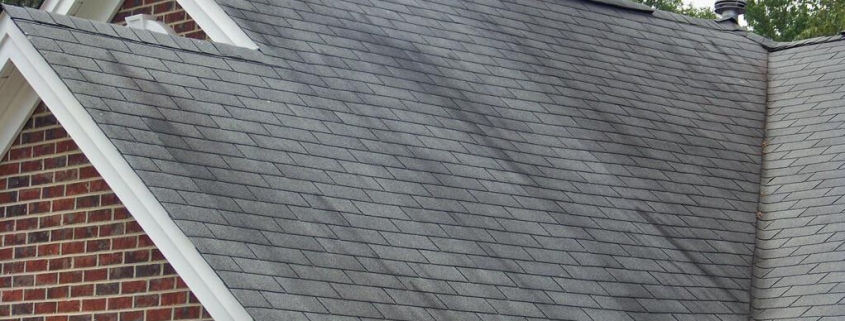
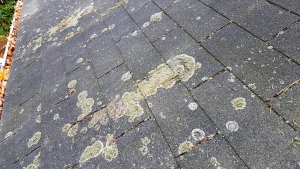 This cannot be said, however, of two other organisms that feed on roofs: Lichen and Moss. Moss is the most harmful. Moss colonies feed on the minerals found in shingles, and their roots can crumble shingles or weaken the seals holding the shingle flaps in place. They appear as soft green patches, usually in localized areas where there is an abundance of moisture, such as where branches overhang the roof. Lichen is also harmful to roofs, though their colonies tend to be less extensive. They are often associated with moss colonies, and appear as white or sometimes orange scaly patches on the roof.
This cannot be said, however, of two other organisms that feed on roofs: Lichen and Moss. Moss is the most harmful. Moss colonies feed on the minerals found in shingles, and their roots can crumble shingles or weaken the seals holding the shingle flaps in place. They appear as soft green patches, usually in localized areas where there is an abundance of moisture, such as where branches overhang the roof. Lichen is also harmful to roofs, though their colonies tend to be less extensive. They are often associated with moss colonies, and appear as white or sometimes orange scaly patches on the roof.